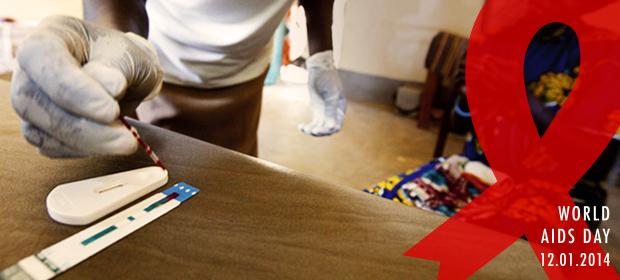Where We Work
See our interactive map


This post originally appeared in Devex.
When it started in the early 1980s, everyone was scared. No one knew how to help the people who were filling U.S. hospitals and then swiftly dying, or what to do for others suffering the same fate around the world.
It was 1984 when one U.S. health official expressed hope for a vaccine within two years.
Now, over three decades and 39 million deaths later, we finally know how to treat, prevent and control HIV, although a vaccine remains elusive. But knowing is different from doing. The real challenge is scaling up what we’ve learned to stop new infections for good.
Last month, UNAIDS announced its new fast-track strategy to end the AIDS epidemic by 2030.
“If the world does not rapidly scale up in the next five years, the epidemic is likely to spring back with a higher rate of new HIV infections than today,” officials from the U.N. agency said. That’s partly because half of the 35 million people who live with HIV today don’t know they’re HIV-positive, so they don’t know they’re in danger of passing the virus on to others.
By 2020, if the fast-track approach goes to plan, 90 percent of people who live with HIV will know their status, 90 percent of people who know they are HIV-positive will be on treatment, and 90 percent of people on treatment will have suppressed viral loads, making them less likely to transmit the virus. And by 2030, AIDS will no longer be a threat to our public health.
The goal is ambitious. There are still a lot of global problems and prejudices to overcome. But today experts can see what once seemed impossible — ending the epidemic — is finally within reach, and these five focus areas are going to help make it happen.
Get the latest updates from the blog and eNews




